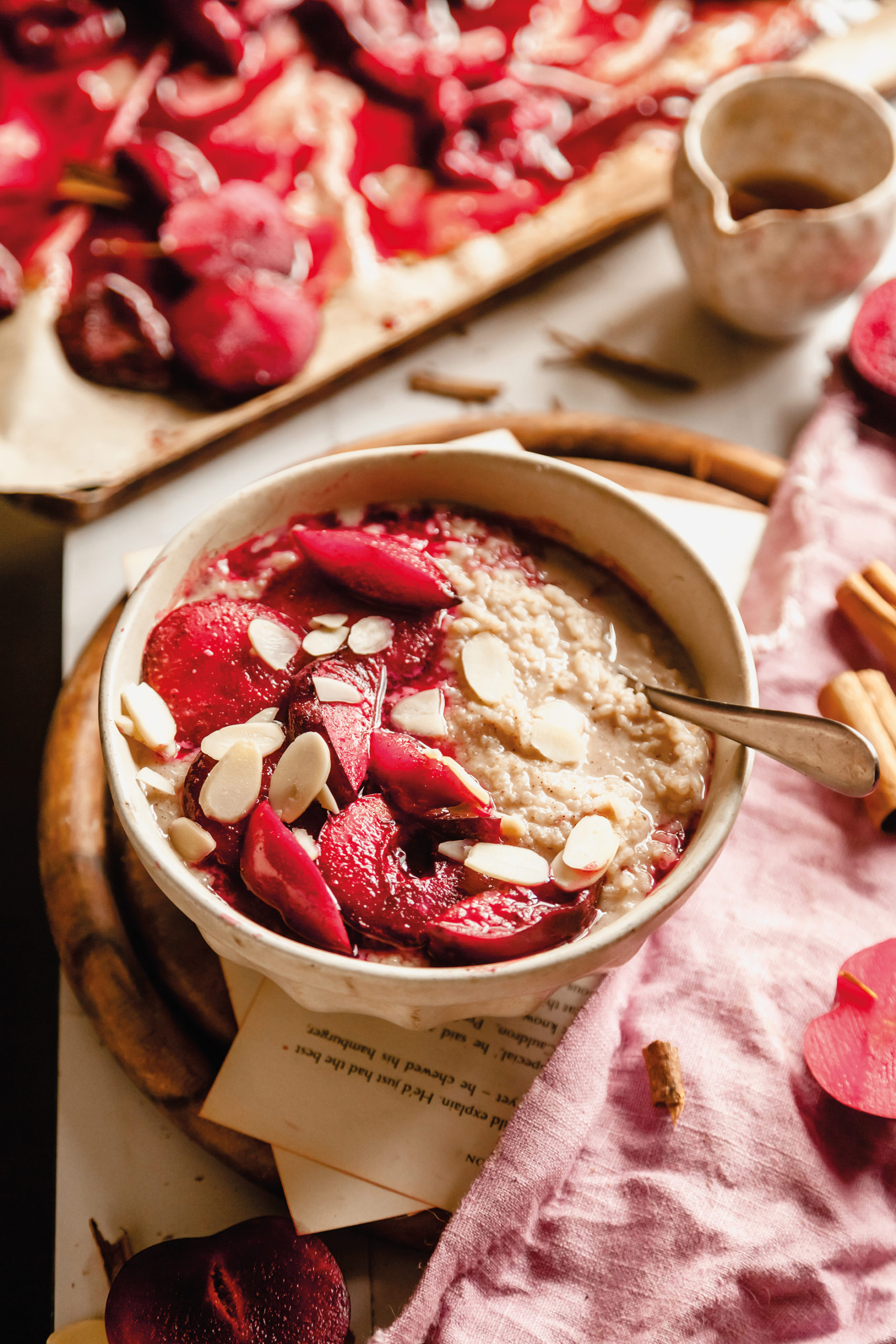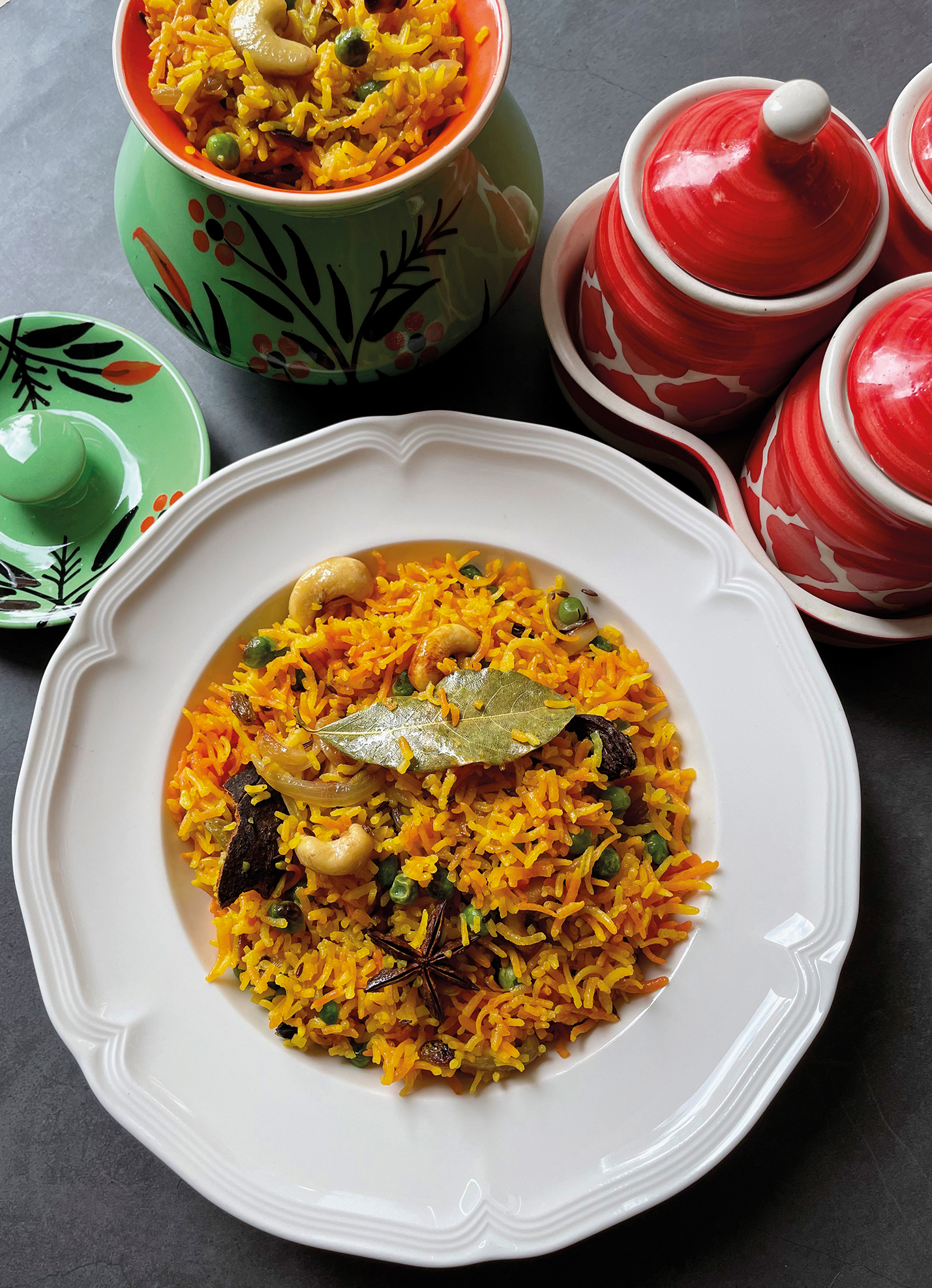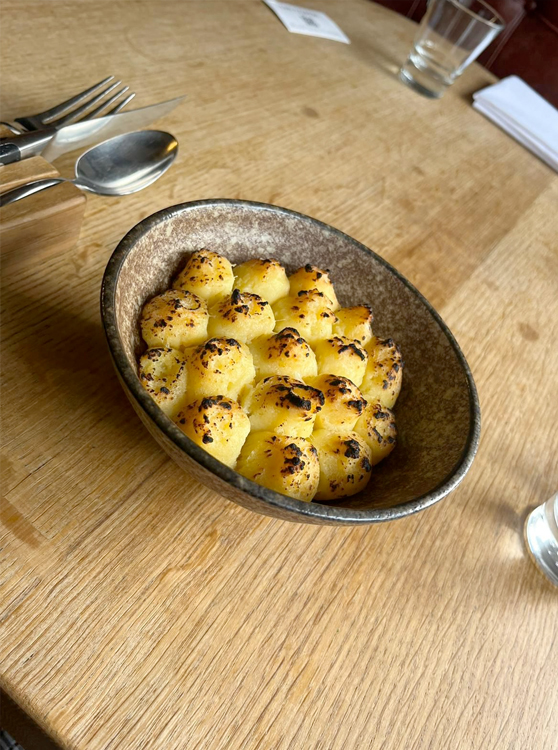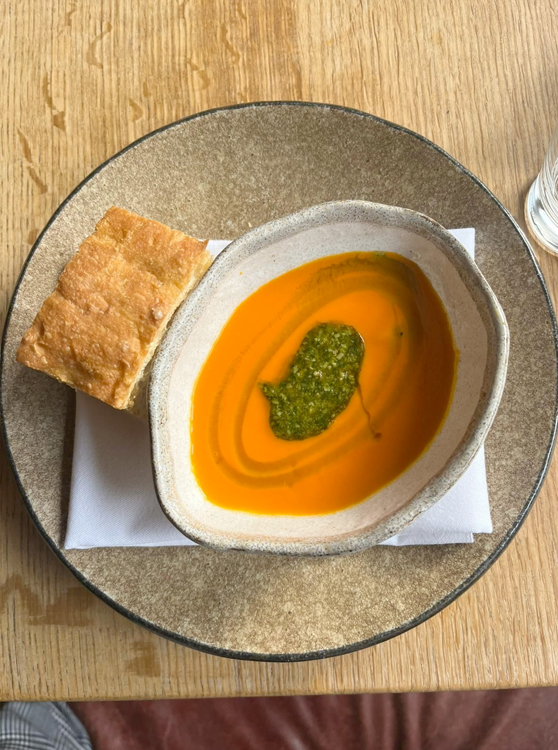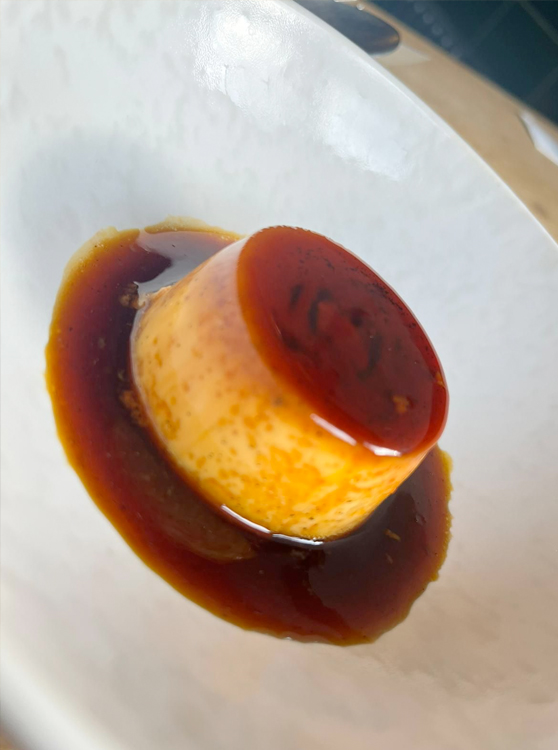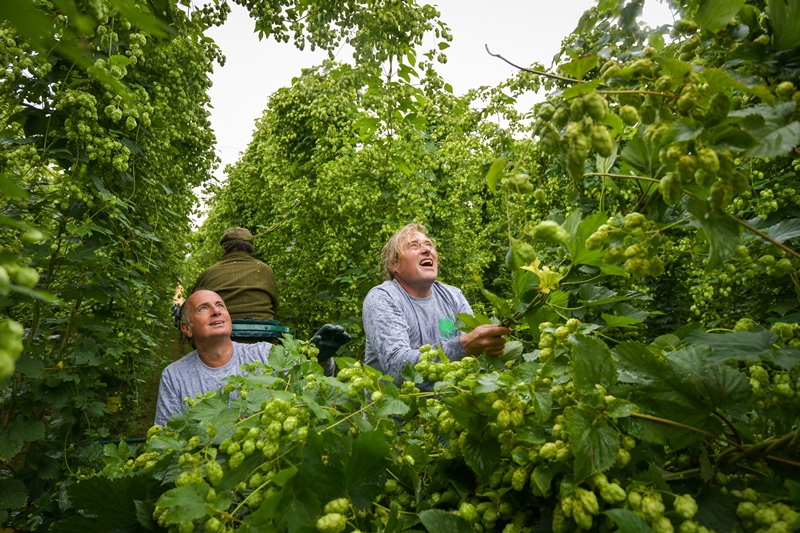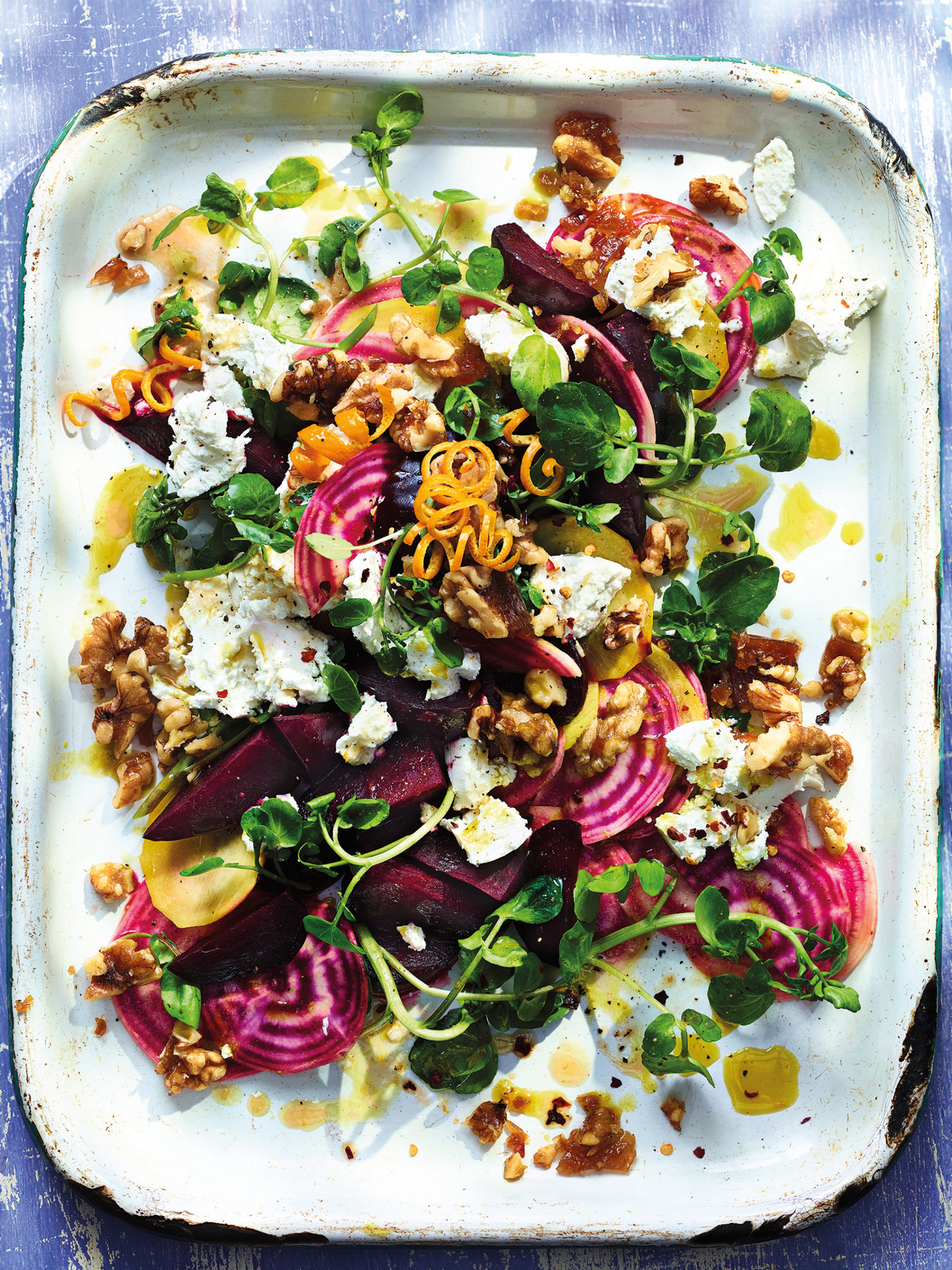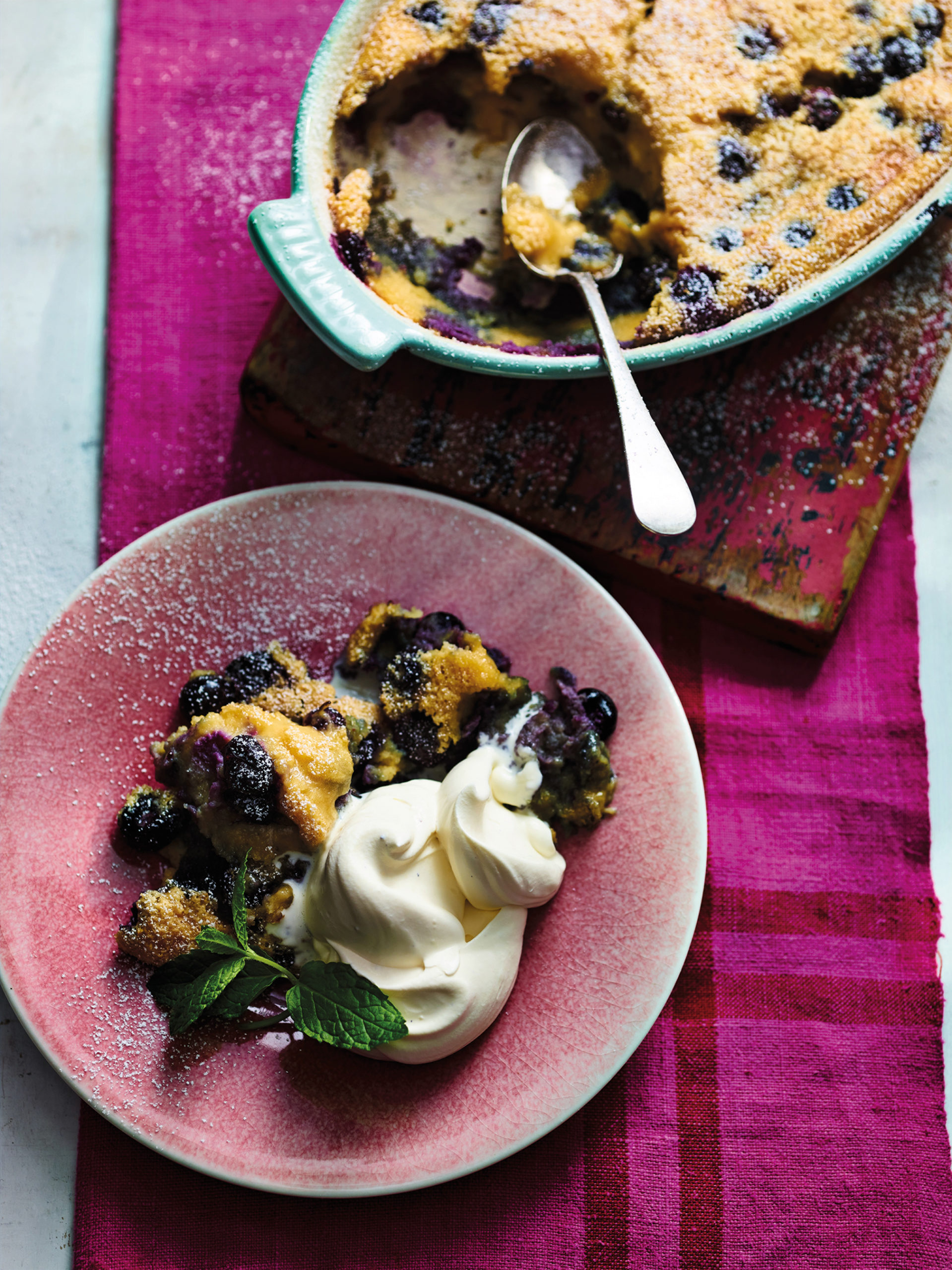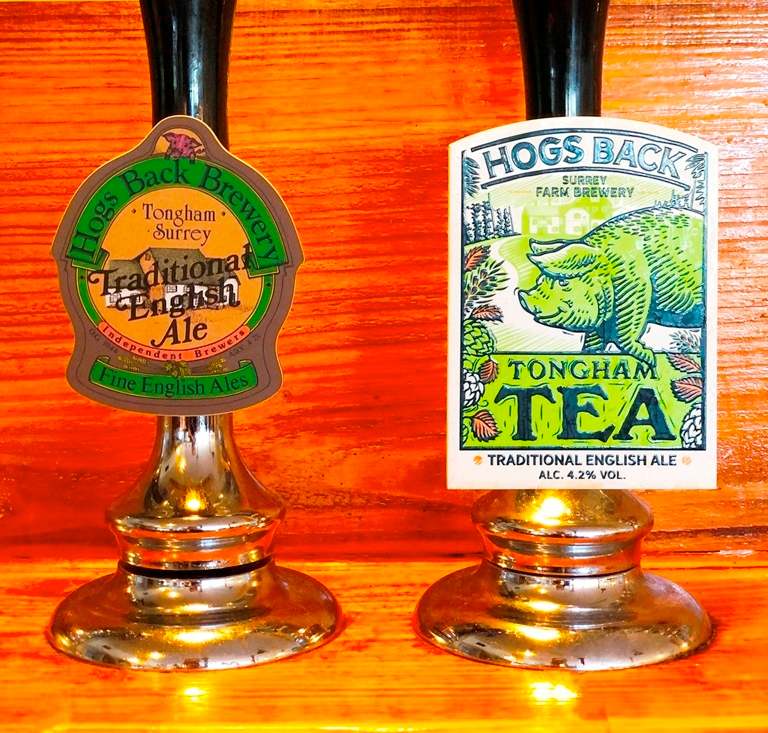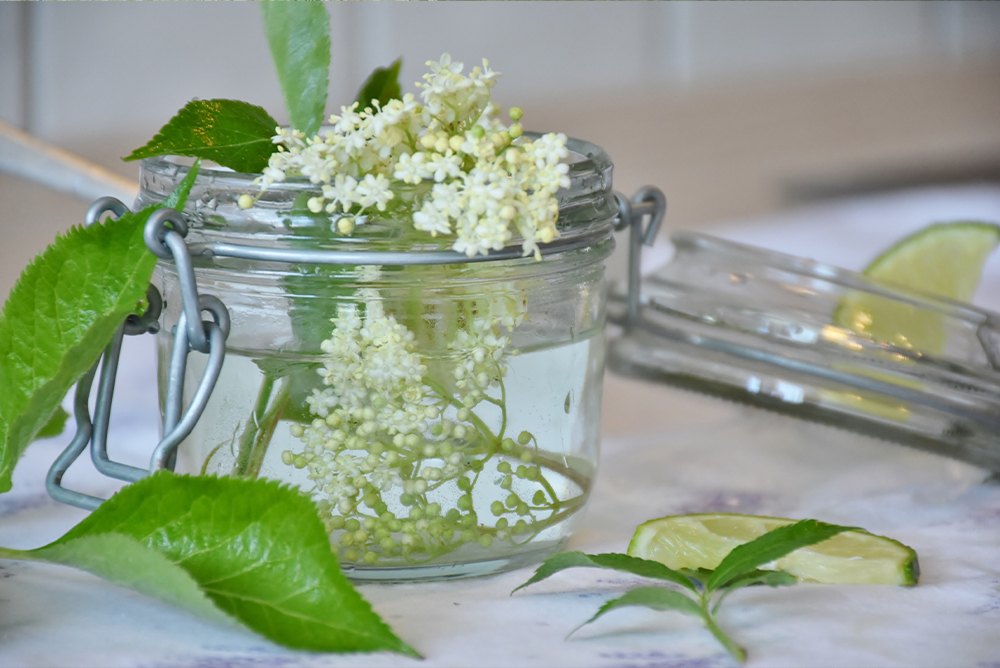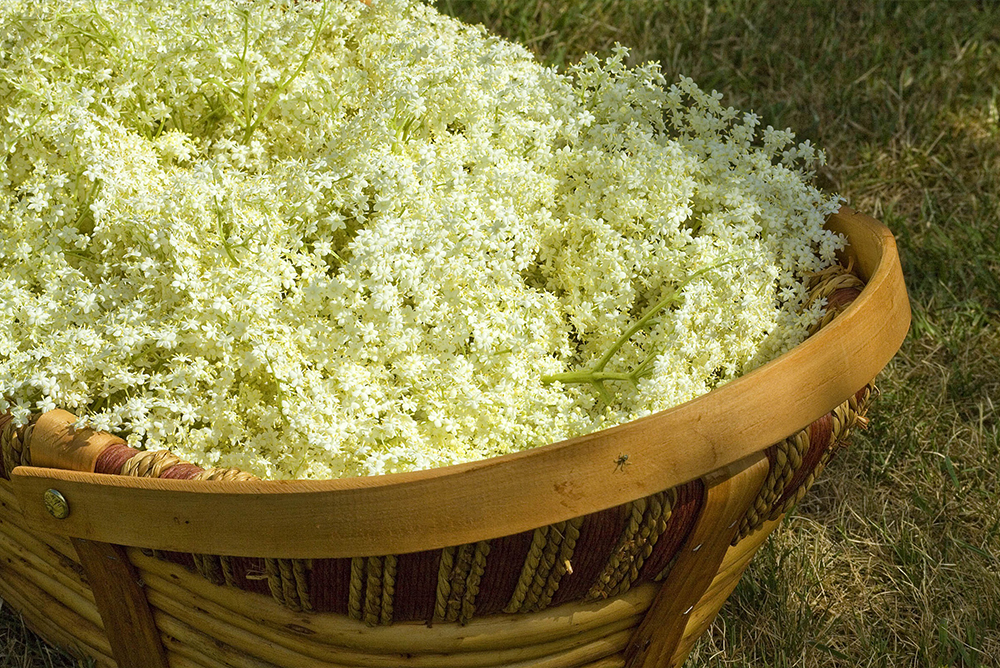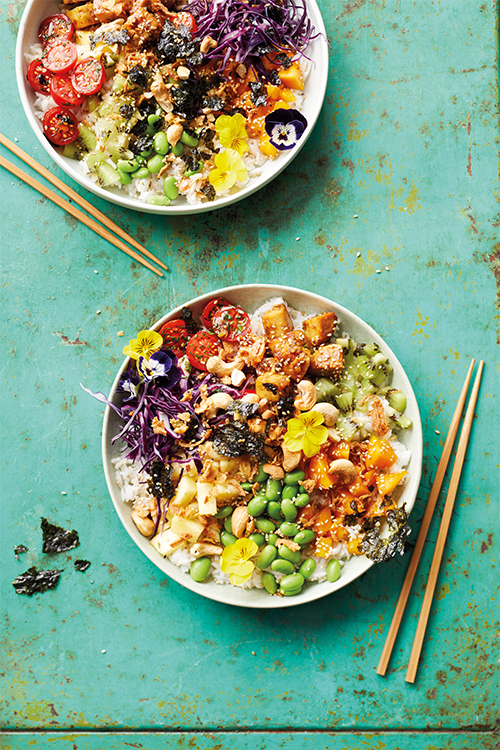There’s more than just food on the menu at Thame Food Festival on September 24th and 25th
Music & food, the perfect combo
A wonderful celebration of live music magic, sponsored by local company Adactus, is promised at Thame Food Festival where an eclectic line up will span eras and genres.
The dedicated stage will be hosted and presented by the Thame Music Academy where through-out the weekend the Adactus stage will host a variety of local and national musicians. The mix of artists has been carefully choregraphed to appeal to many of the visitors to the festival and gives an opportunity to enjoy true music while soaking up the atmosphere. So, expect a unique blend of blues, rock, pop, reggae, beats, folk and soul.
Based in Thame, Adactus have been helping restaurants to figure out which tech solutions add value for their guests and their employees for over 20 years. A successful hospitality business offers great experiences through their food, service, and the environment they create.
Adactus MD Scott Muncaster said: “Being based in Thame, we love the food festival. So, we are really pleased to be sponsoring the music stage at this year’s festival, with loads of talented musicians performing. See you there!”
Lotte Duncan, Patron and Organiser of Thame Food Festival also said: “People just love the opportunity to chill out and enjoy the live music at Thame Food Festival. The stage is perfectly sandwiched between the FestivAles Pop Up Pub and the Children’s Activity areas, with an area of covered and uncovered seating alongside all the delights of the Artisan Food Market. So, the ideal spot to stop, have a drink, tuck into some food, relax and enjoy the music.”
This year’s event aims to have more than 130 artisan producers alongside demonstrations from many leading chefs and bakers. The event naturally attracts a number of high profile celebrities from both the chef and baking world including Master Chef and Great British Bake Off stars.
The festival is easily accessible from Thame town centre with plenty of free parking if coming from further afield. Entrance in advance is £12 per day (until the 16th September) and all accompanied children under 12 go free.

Find out more
See Thame Food Fesatival’s website for details thamefoodfestival.co.uk





